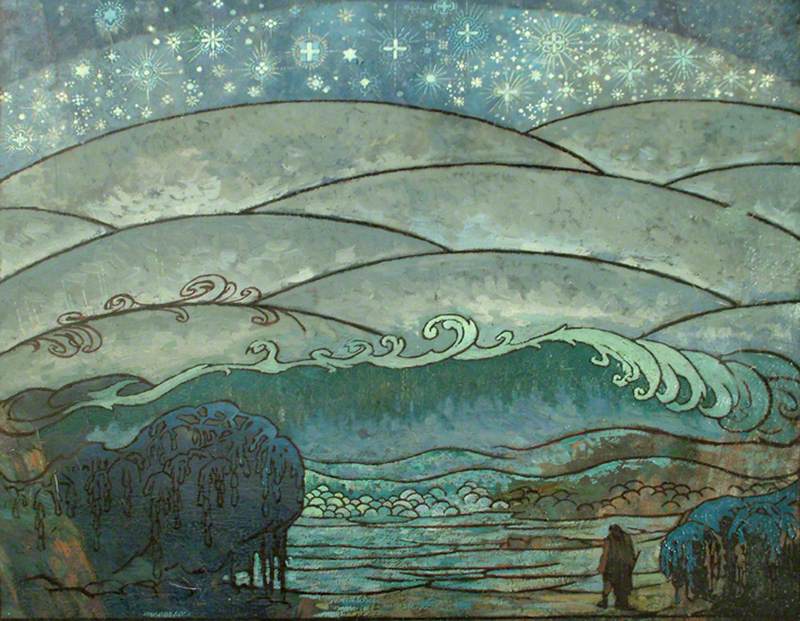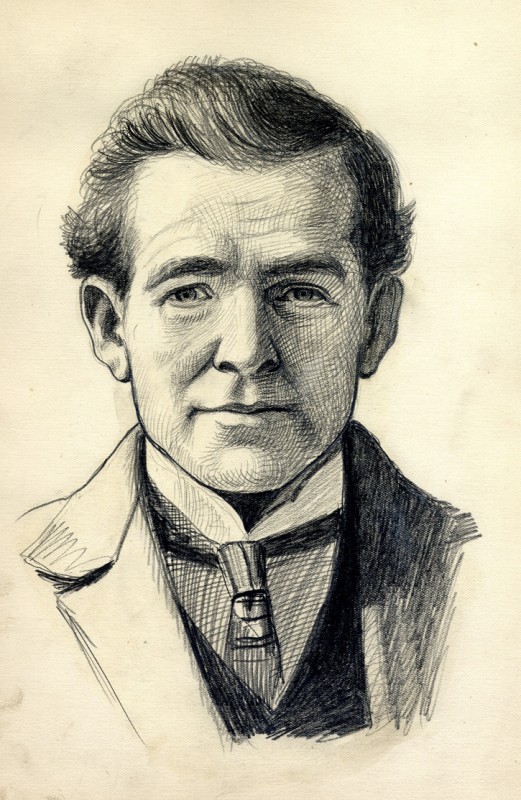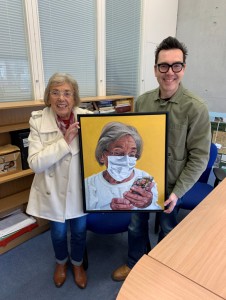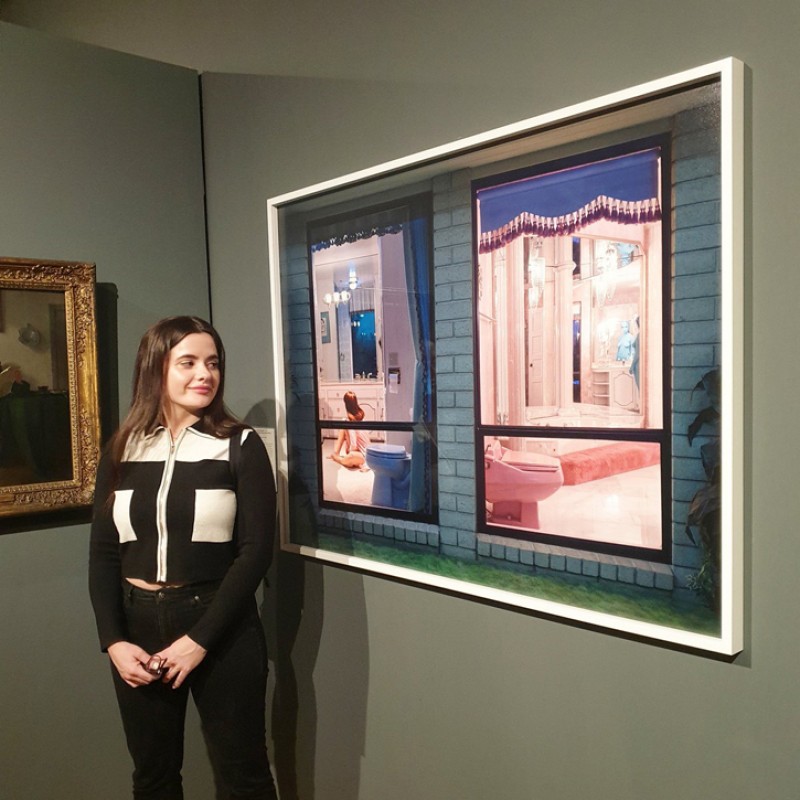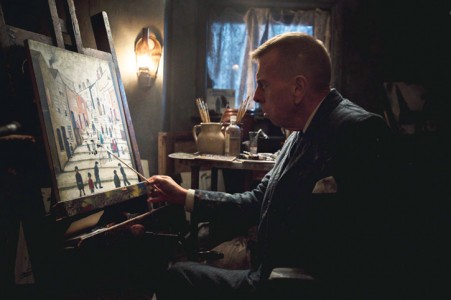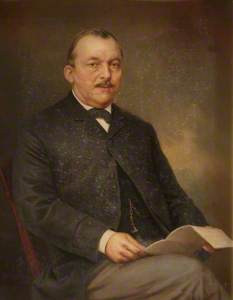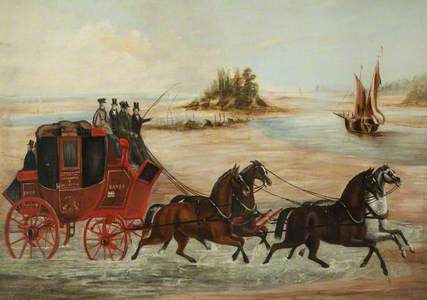Working as a regional coordinator I have catalogued nearly 3,200 paintings across the county of Lancashire. Of course, the boundaries of Lancashire as they appear on Art UK are not the boundaries of the 'real' Lancashire, which was decimated by local government reorganisation in 1974 and lost Liverpool, Manchester, Barrow-in-Furness and numerous other towns all the way down to Warrington.
I worked with photographer Walter White. Walter was more used to dealing with living subjects than paintings but he showed remarkable composure as yet another 'unknown man' by an 'unknown artist' was presented to him.
Lancashire is an amazing mix of former mill towns dominated by factory chimneys (most now converted for other purposes), rugged hills, wind-swept coastline with panoramic views, seaside resorts and historic cities with castles and Georgian architecture. The paintings reflect and interpret all of this variety as well as providing an invaluable record of the people and events that have shaped the county's history.
At The Whitaker there is a delightfully naïve representation of Hareholme Mill from the early nineteenth century and a portrait of William Henry Shaw, Coal Merchant looking worried as he holds in his hand a possibly troubling document.
A later painting on the theme of coal can be found in Miners, Hapton Valley by Roger Hampson, at the Haworth Art Gallery, Accrington.
In contrast William Page Atkinson Wells's fine painting of a traditional occupation – The Mussel Gatherers at Sunderland Point (c.1908) – is at Fleetwood Museum (Lancashire County Museum Service)
The Mussel Gatherers at Sunderland Point, Lancashire
c.1908
William Page Atkinson Wells (1872–1923) 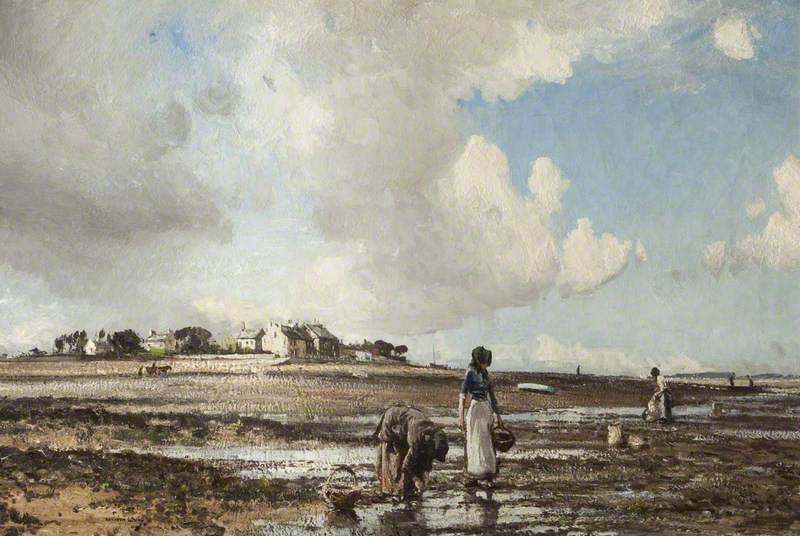
The charmingly simple Coach Crossing Lancaster Sands by an unknown artist from about 1820, is at Lancaster Maritime Museum (Lancaster City Museums).
Our journey through Lancashire's paintings provided some memorable moments. One of the best was donning hard hats and crawling under scaffolding to access paintings on the walls of the Museum of Lancashire in Preston as it underwent refurbishment. We arrived on a boiling hot June morning wearing sandals and were asked, 'Have you got any steel-capped boots?' Er, no, sorry...
We also needed to (politely) shift the judge out of his chambers to photograph a painting at The Shire Hall, Lancaster Castle, which also serves as a court.
A Sketch in the Shire Hall (Trial of Edward Gibbon Wakefield, 1826)
c.1827–1828
Dawson Watson 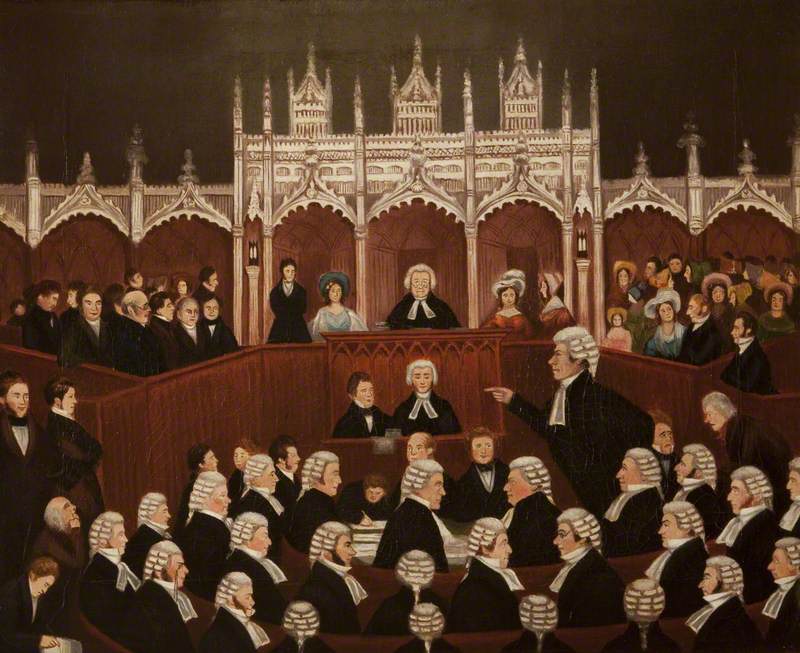
As we hurtled up and down the stone steps with our equipment, trying to be as unobtrusive as possible, we saw nervous witnesses waiting for their turn to be called. At Preston Crown Court a bemused barrister asked if the court was planning to sell off its paintings; no, we said, they're being recorded for posterity.
When we arrived at Darwen Town Hall to photograph a painting hanging high up on a wall in the reception area, the two receptionists looked up in surprise and said, 'I've never noticed that before!' And finally there was the email (I shan't name the collection for fear of embarrassment) telling me about a painting that had been discovered when a cupboard was moved from against a wall after nearly 40 years – needless to say, we made sure it was photographed.
Adrienne Wallman, Former Art UK Paintings Project Coordinator
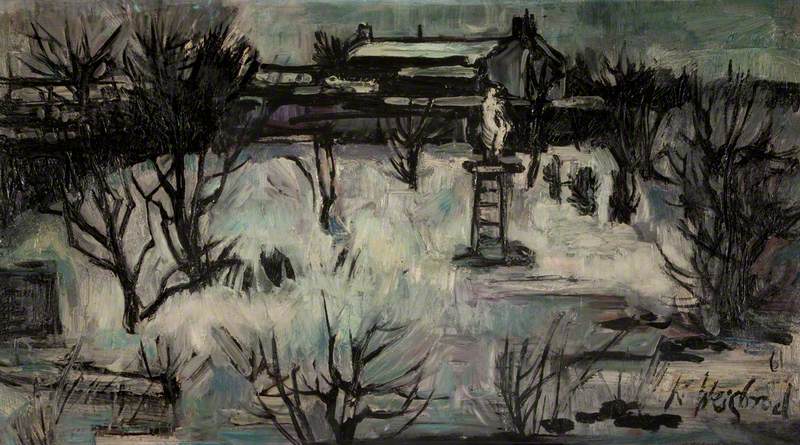
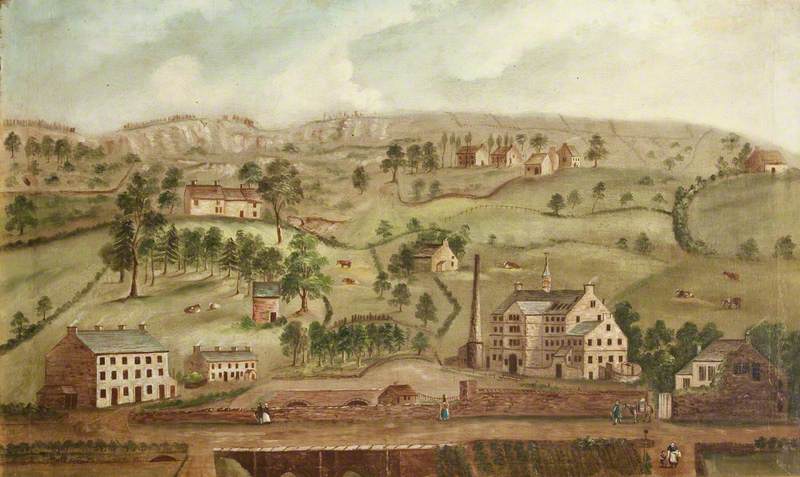





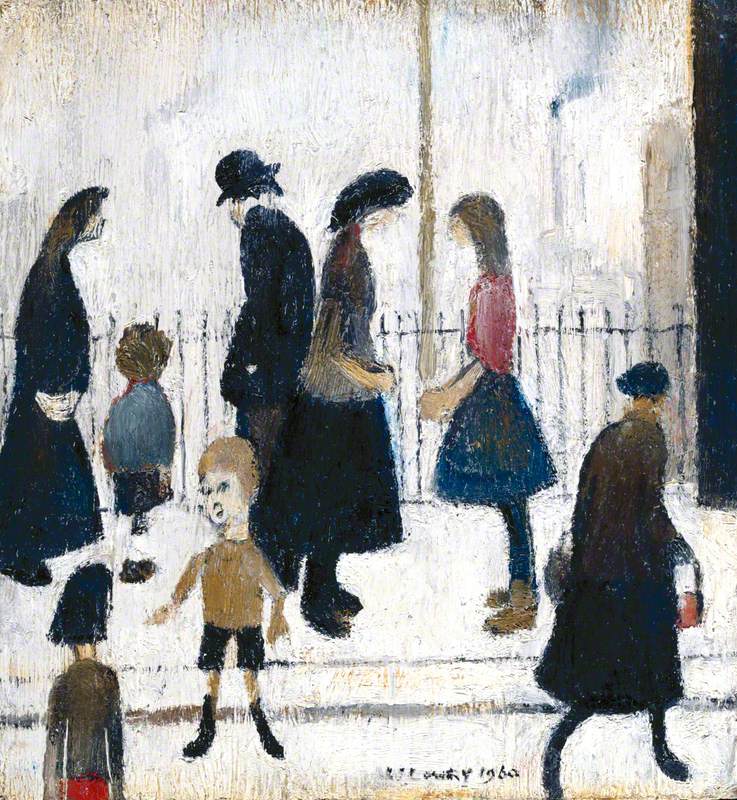
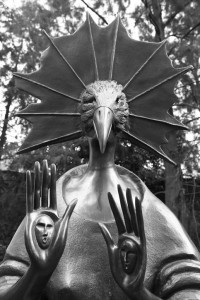
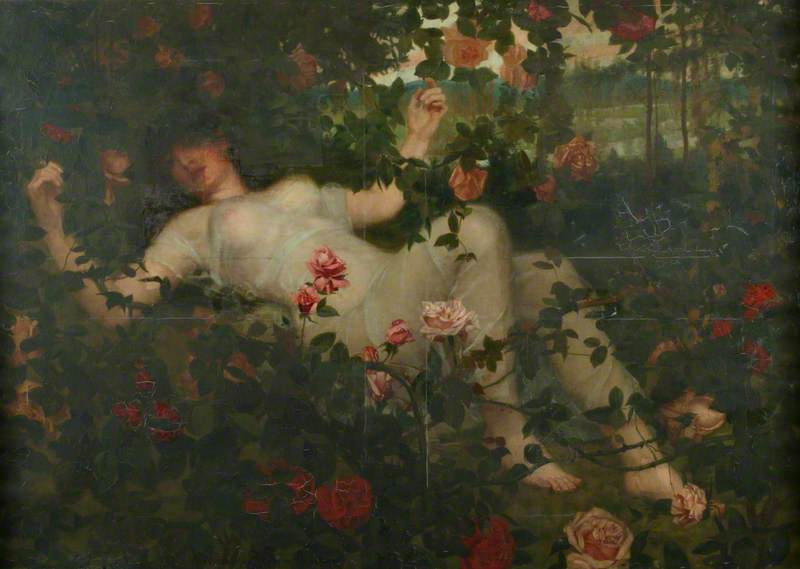

.jpg)
